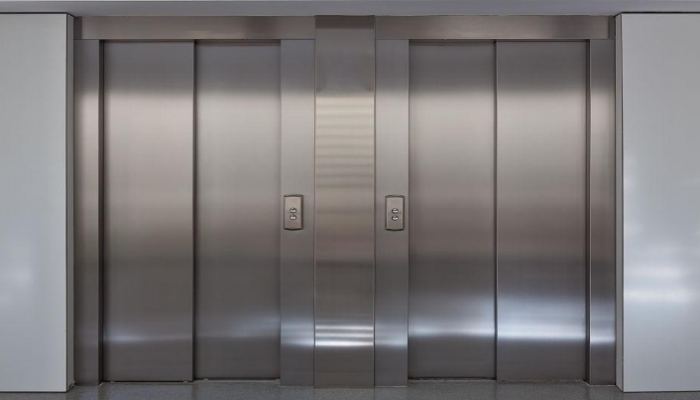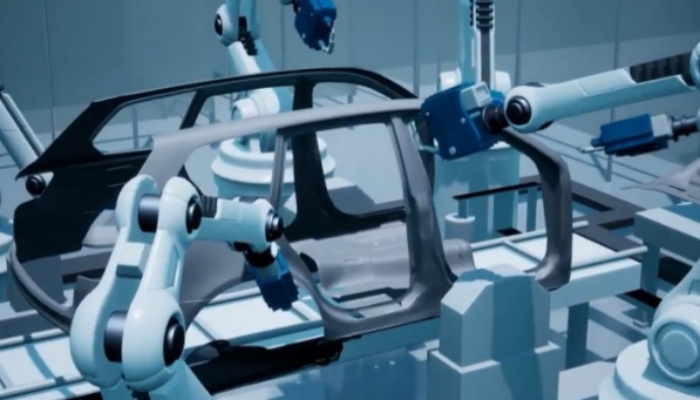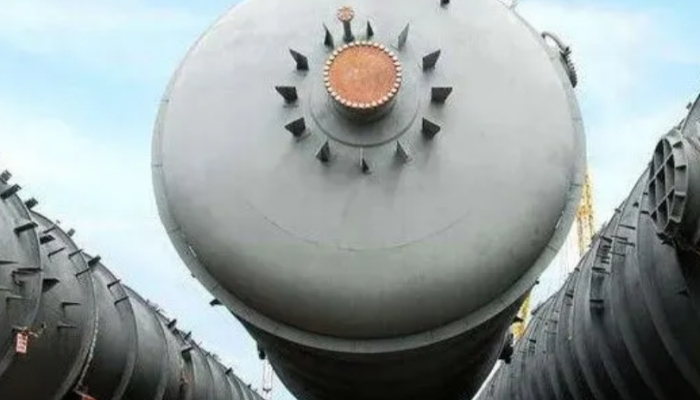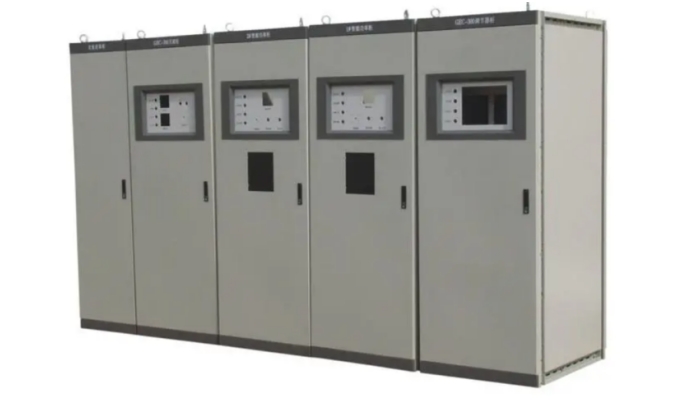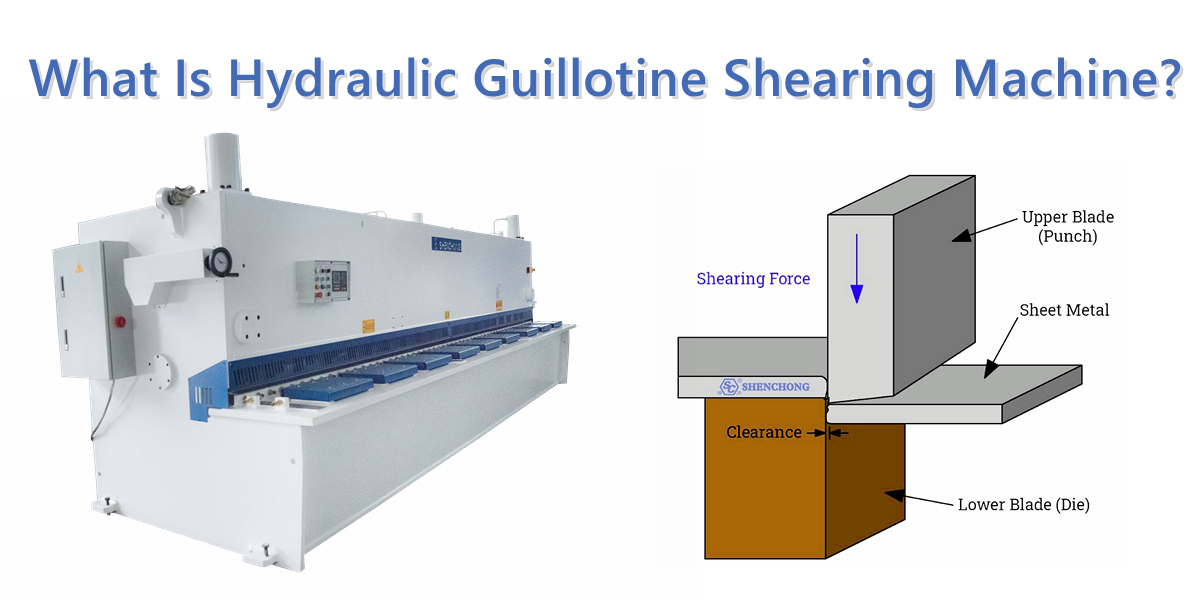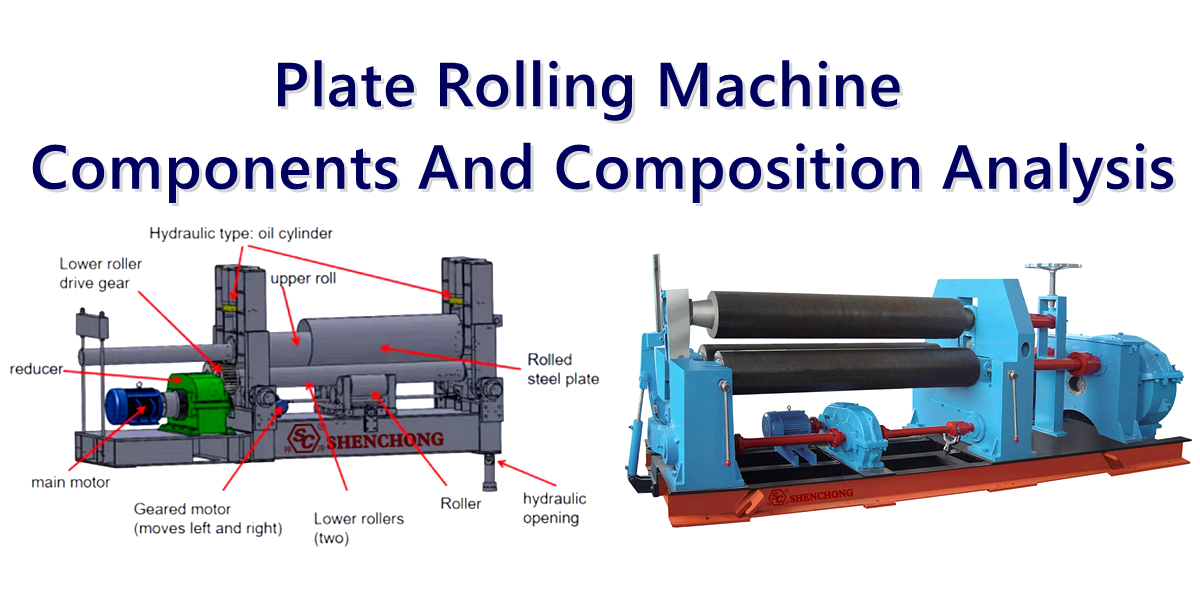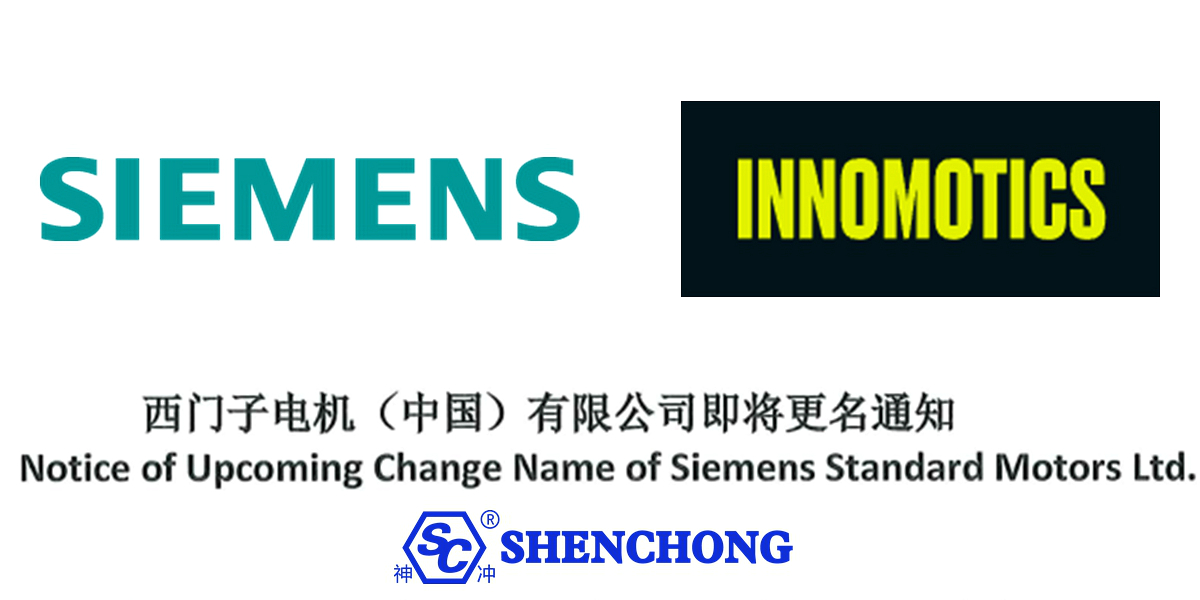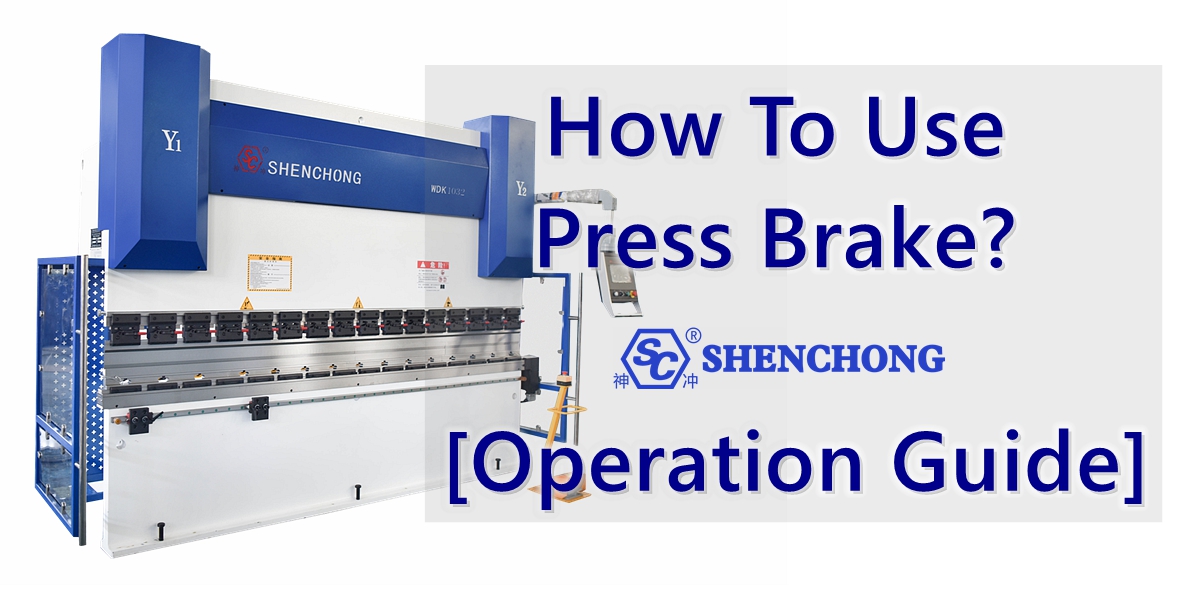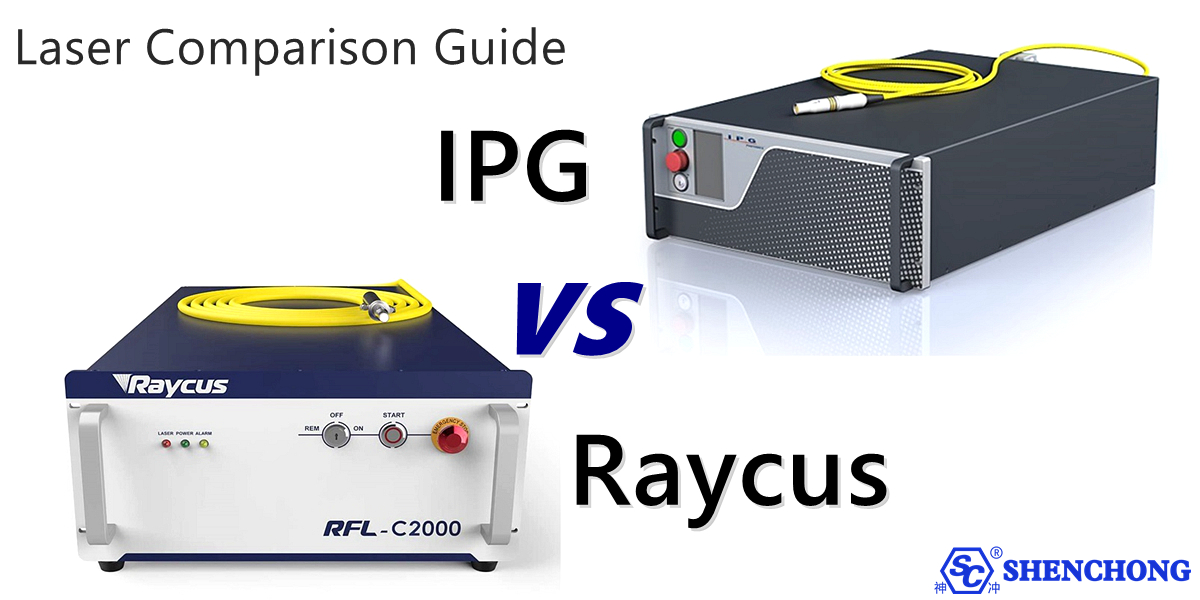Elevator Industry Background
Due to the rapid development of industries such as real estate and urban public construction, the elevator industry is growing rapidly every year.
The elevator is mainly composed of door panels, wall panels, three-piece sets (front wall, control wall, door light beam), ceiling decoration top and other components. The material is generally 1.0-2.0mm stainless steel plate or cold-rolled carbon steel plate. The processing route is generally cutting by a shearing machine, then punching or punching directly by laser cutting machine, and finally bending, forming and welding.
Pain Points:
Pain Point 1
There are many stainless steel plates and film materials in the elevator industry, which have high requirements for the smoothness of the cross-section after cutting.
Pain Point 2
In the elevator bending process, the main bending problem is that the forming size does not match the drawing.
Pain Point 3
The elevator industry belongs to a typical discrete manufacturing industry. In the processing of elevator door panels, sheet metal equipment is indispensable, but there are many types of products and large batches. Generally, assembly line processing mode is used to produce door panels, which integrates multiple workstations including stamping, bending, welding, etc. During the production process, raw material processing of panels, processing of semi-finished products, packaging, etc. takes up a lot of space, and manual work on the production line still has safety hazards and processing fatigue, The production of switching door panel types is inconvenient and inefficient.
Elevator Industry Solution:
Solution For Pain Point 1
In the past, whole machine factories mainly used multi station punching machines to process sheet metal. Later, with the emergence of laser cutting machines, CO2 laser cutting machines began to be used in the elevator industry. However, CO2 laser consumes a high amount of electricity, gas, and has a complex external optical path, so fiber laser cutting machines have significant advantages such as extremely fast speed, ultra-low operating cost, ability to cut high reflective materials such as copper and aluminum, and no external optical path, making them an ideal choice for major elevator enterprises today.
Compared with traditional CNC punching machines, laser cutting has advantages such as high surface smoothness, no tool edges, and no mold loss. The fiber laser cutting machine can also cut finer and smaller sharp corners, effectively avoiding plastic deformation of the workpiece during the punching process, and improving the core competitiveness of the product. Fiber laser cutting machines also have unique speed advantages in cutting plates with a thickness of less than 6mm. For example, 1mm thick stainless steel cutting can achieve a linear speed of 70m/min, effectively improving enterprise production capacity.
Solution For Pain Point 2
The main reasons for the inconsistency of the forming size of the workpiece with the drawing are the error of the cutting size, the inaccurate bending positioning and the cumulative error of multiple bending.
In this case, choose a high quality fiber laser cutting machine and high precision CNC press brake is the most important solution.
SC fiber laser cutting machines can not only cut thin metal materials, film materials, mirror materials, etc., but also various complex components. The cutting speed is extremely fast, improving processing efficiency. In addition, non-contact fiber laser processing methods avoid deformation during the cutting process. Compared with the traditional punching machine, fiber laser cutting machines reduce section burrs, reduce cutting accuracy errors, improve elevator quality, elevate product grade, and enhance the core competitiveness of enterprises.
SC press brakes have WEK CNC Press Brake Machine with ±0.015mm repeat position accuracy and ±0.025mm arbitrary position accuracy that can greatly improve the bending results.
Solution For Pain Point 3
Flexible processing production line for elevator door panels: including automatic material storage, laser cutting, automatic punching, robotic bending, flipping, reinforcing rib coating, heating, laser welding, manual assembly, packaging, and stacking.
By using elevator flexible automatic production line that with to realize intelligent production, improve equipment utilization, and enhance product quality.
Advantages:
- Utilizing the concept of intelligent manufacturing and utilizing flexible machining units or production lines to minimize manual labor during the production process
- Utilizing sheet metal production management software to achieve data traceability in the processing process, equipment monitoring and management, achieving uninterrupted and continuous work, and minimizing manual safety hazards
